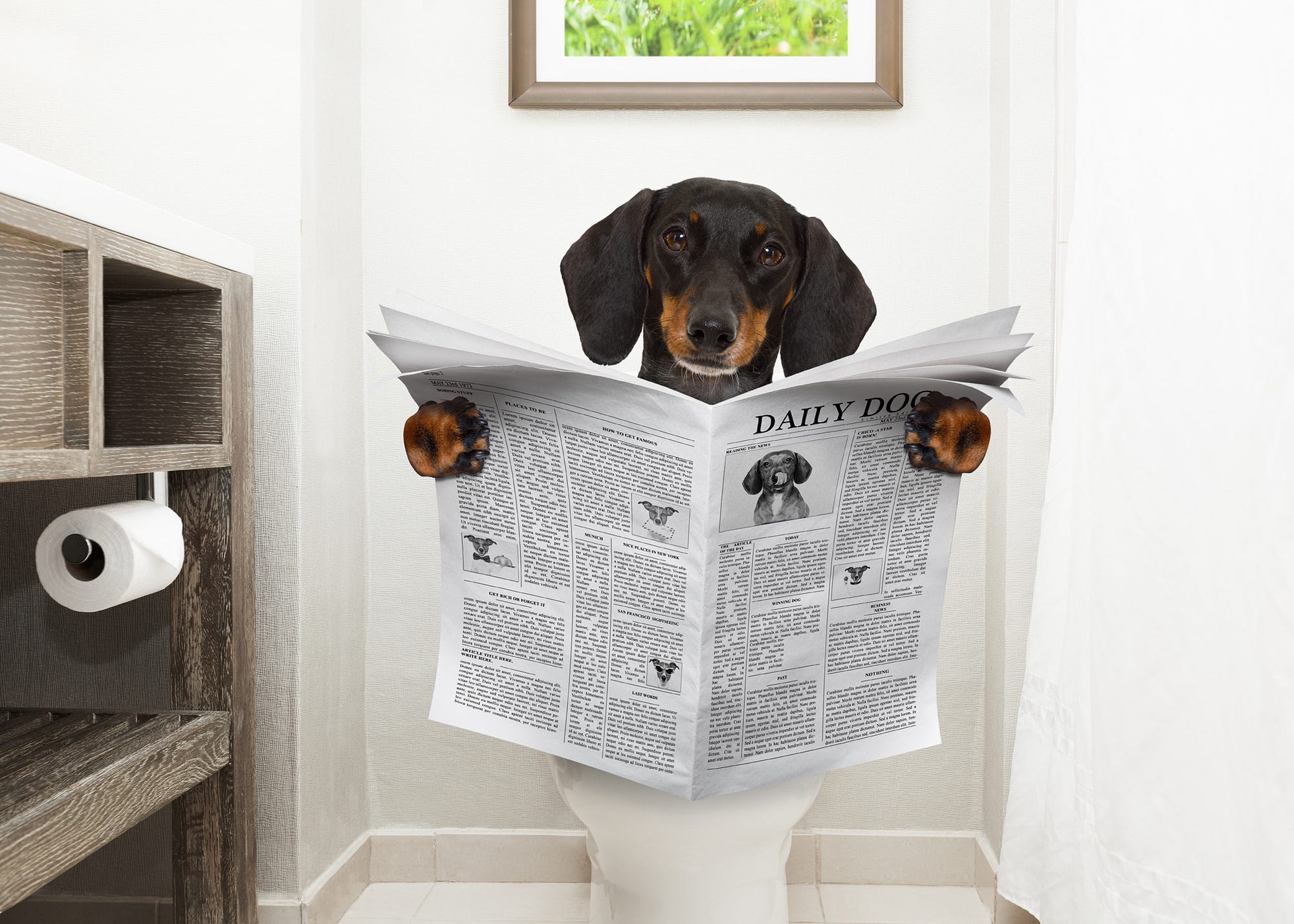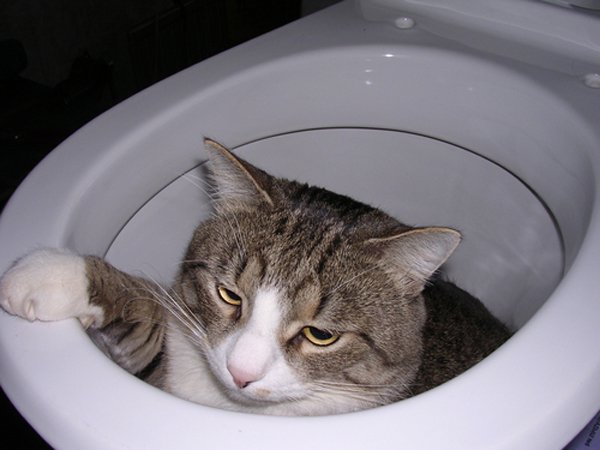Nearly everybody maintains his or her own theory on the subject of Can You Flush Dog and Cat Poo Down the Toilet?.

When it concerns throwing away waste, especially animal waste, many individuals often consider the convenient choice of flushing it down the bathroom. Nevertheless, this relatively simple option can have severe consequences for the atmosphere and public health. In this article, we'll explore why flushing animal waste down the bathroom is a poor idea and offer alternate approaches for correct disposal.
Intro
Correct garbage disposal is vital for preserving environmental sustainability and public health. While it may seem safe to purge animal waste down the bathroom, it can result in various issues, both for the atmosphere and human wellness.
Dangers of flushing animal waste
Ecological effect
Flushing animal waste presents harmful microorganisms and pathogens right into waterways, which can adversely influence water ecological communities. These virus can infect water resources and harm marine life, interrupting fragile ecological communities.
Public health worries
Animal waste includes harmful microorganisms such as E. coli and Salmonella, which can pose significant wellness risks to humans. Flushing pet waste down the bathroom can pollute water products, resulting in the spread of diseases and infections.
Alternatives to flushing
As opposed to purging animal waste down the toilet, there are a number of alternative disposal approaches that are a lot more eco-friendly and sanitary.
Composting
Composting animal waste is an environmentally friendly means to throw away it. By composting, organic matter is broken down into nutrient-rich dirt, which can be made use of to fertilize gardens and plants.
Land fill disposal
Disposing of pet waste in a land fill is another option. While not as environmentally friendly as composting, it is a safer alternative to flushing, as it avoids the contamination of water resources.
Animal garbage disposal systems
There are specialized animal garbage disposal systems available that safely and hygienically take care of animal waste. These systems typically make use of enzymes to break down waste and remove odors.
Actions to correct pet waste disposal
To guarantee appropriate disposal of pet waste, adhere to these actions:
Scooping and landing waste
Routinely scoop and bag animal waste using naturally degradable bags. This avoids waste from polluting the atmosphere.
Utilizing designated waste bins
Dispose of bagged animal waste in designated waste containers, such as compost containers or land fill containers. Avoid flushing it down the toilet whatsoever costs.
Cleaning up can and family pet areas routinely
Regularly tidy litter boxes and pet dog areas to prevent the buildup of waste and germs. Use pet-safe cleansing items to preserve health.
Advantages of appropriate disposal techniques
Embracing proper disposal approaches for animal waste provides more info several advantages:
Reduced environmental pollution
Proper disposal methods decrease the danger of environmental pollution, safeguarding rivers and communities from contamination
Reduced threat of water contamination.
By preventing flushing pet waste down the commode, the danger of water contamination is substantially lowered, safeguarding public health.
Improved hygiene and health
Proper disposal approaches advertise far better sanitation and health, developing a safer environment for both human beings and animals.
Final thought
In conclusion, purging animal waste down the commode is damaging to the atmosphere and public health. By adopting alternate disposal techniques and following proper waste administration techniques, we can lessen the unfavorable impact of pet waste and contribute to a cleaner, much healthier earth.
What To Do With Dog Poo – The Do's And Don'ts Of Disposing Of Faeces
Dog poo bins
Some councils provide dedicated dog waste bins in popular dog-walking areas that can take dog poo that has been bagged but you can legally dispose of dog waste in any public litter bin, as long as it is securely bagged. This also applies to your wheelie bin at home.
Do not flush
Water companies do not recommend flushing dog faeces down the toilet because certain parasites can survive the water processing treatment and are potentially harmful to humans. You should also never consider flushing dog poo that has been bagged down the toilet as the bags will not break down and instead create severe blockages in the sewage system.
In the woods
The Forestry Commission promotes a ‘stick and flick’ method for dealing with waste in the woods. This means finding a stick and using it to flick any poo from off the path so that it is out of the way of other walkers. You could also bury it as long as it is not in an area where there might be livestock.
Livestock
Parasites found in dog poo can be transmitted to livestock if they inadvertently eat infected faeces that has been left on grazing land. This could result in the death of sheep or abortion in cattle so you should always make sure you pick up your dog’s waste in fields where livestock could be present.

Regularly tidy litter boxes and pet dog areas to prevent the buildup of waste and germs. Use pet-safe cleansing items to preserve health.
Advantages of appropriate disposal techniques
Embracing proper disposal approaches for animal waste provides more info several advantages:
Reduced environmental pollution
Proper disposal methods decrease the danger of environmental pollution, safeguarding rivers and communities from contamination
Reduced threat of water contamination.
By preventing flushing pet waste down the commode, the danger of water contamination is substantially lowered, safeguarding public health.
Improved hygiene and health
Proper disposal approaches advertise far better sanitation and health, developing a safer environment for both human beings and animals.
Final thought
In conclusion, purging animal waste down the commode is damaging to the atmosphere and public health. By adopting alternate disposal techniques and following proper waste administration techniques, we can lessen the unfavorable impact of pet waste and contribute to a cleaner, much healthier earth.
What To Do With Dog Poo – The Do's And Don'ts Of Disposing Of Faeces
Dog poo bins
Some councils provide dedicated dog waste bins in popular dog-walking areas that can take dog poo that has been bagged but you can legally dispose of dog waste in any public litter bin, as long as it is securely bagged. This also applies to your wheelie bin at home.
Do not flush
Water companies do not recommend flushing dog faeces down the toilet because certain parasites can survive the water processing treatment and are potentially harmful to humans. You should also never consider flushing dog poo that has been bagged down the toilet as the bags will not break down and instead create severe blockages in the sewage system.
In the woods
The Forestry Commission promotes a ‘stick and flick’ method for dealing with waste in the woods. This means finding a stick and using it to flick any poo from off the path so that it is out of the way of other walkers. You could also bury it as long as it is not in an area where there might be livestock.
Livestock
Parasites found in dog poo can be transmitted to livestock if they inadvertently eat infected faeces that has been left on grazing land. This could result in the death of sheep or abortion in cattle so you should always make sure you pick up your dog’s waste in fields where livestock could be present.

We hope you liked our part on Why you should never flush dog poop down the toilet. Thanks for spending some time to read our blog post. Are you aware of somebody else who is fascinated about the topic? Be sure promote it. We appreciate your readership.
Book A Free Estimate